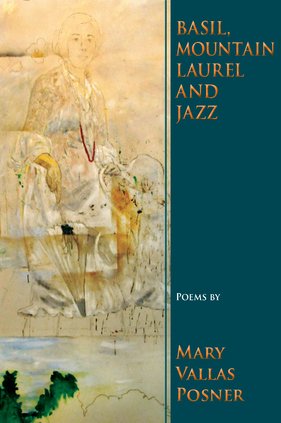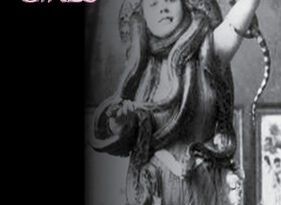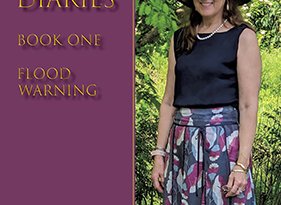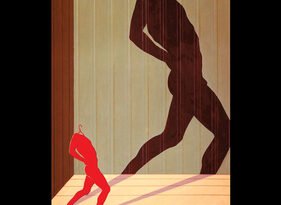Basil, Mountain Laurel & Jazz
By Mary Vallas Posner
($19.95, (7” X 10”) Paperback, 150 pages)![]()
Introduction
I was a poet before I had heard poetry, having one of those senses of something there—in the mind—unable to speak it. So life glided on a river, following its own current: an instinct that experiences, not necessarily connected, were shaping connections. Culminating, they were, towards a gathering place of expression. Once having written them down, a surprise of recognition began unfolding. The first poem urged on, fitting the pieces of this life—as if it was being recreated, but, in such a way, that the experiences were seen, not only anew, but with renewed clarity and a rush of intense feeling. More alive than the original moment.
Influences among writers have been Sappho, the poet from the land of my parents’ birth, James Joyce, Italo Calvino, Ben Belitt, Howard Nemerov, Dylan Thomas, Michael Armstrong, Michel Foucault, Charles Lutwidge Dodgson and William Meredith.
Some further explanation of this book may be of interest to you. The title, “Basil, Mountain Laurel and Jazz,” encompasses the three focal points that I have concentrated on: The first is Basil, “basilikon,” a popular aromatic herb in Greece that greets the visitor on every doorstep and in every window, bringing good fortune. The guest plucks a stem and places it behind the ear. Basil is symbolic of a sense of place – my parents’ homeland. The second is Mountain Laurel, which is the state flower of Connecticut that grows profusely on my property, again welcoming the visitor, this time in my native world. Laurel, too is deeply woven in Greek mythology as well as in the Olympic games. The final part of the trilogy is the impact of jazz on my world and the world of Lou Posner, my late husband. Altogether, they represent the sum total of the major influences in a life that is represented in this volume. Each chapter has a visual representation created by Lou Posner, whose images and brilliant colors are a part of what makes me who I am and add another dimension to the world that I move in. In addition, each chapter has its own title that I hope offers insight into the poems that follow.
The form of the poems has a rhythm, similar to speech, as pauses shape a natural flow. The style of the writing is guided by movements in the spoken word, as well as out of feelings and sudden insights experienced in the moment of observation or memory. Words, in this sense, are musical instruments. Too, much of the work shares images and color that resonate in my mind. The final journey is to reach deep inside to draw forth aspects of the sleeping self waiting to be recognized. Influences are the moment of being, the many accidents that suddenly lead the way if one gives them pause.
So this collection, seemingly incongruous, is an accurate fit of how the poems happened.
I thank all of the above for their inspiration.
Mary Vallas Posner
Niantic, CT 2009





